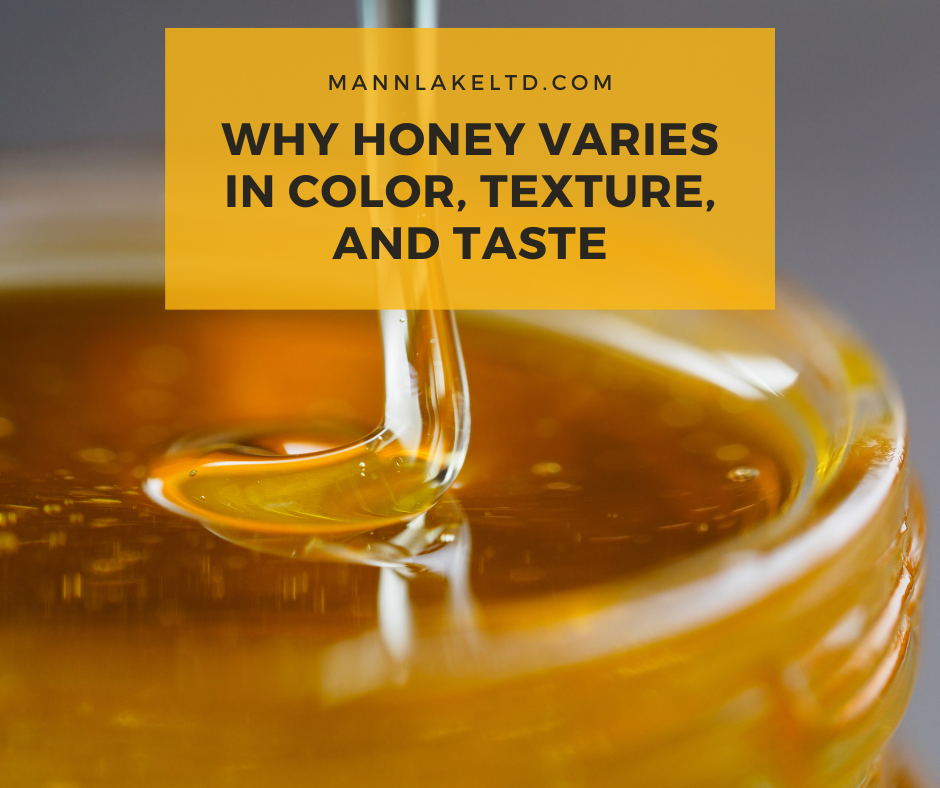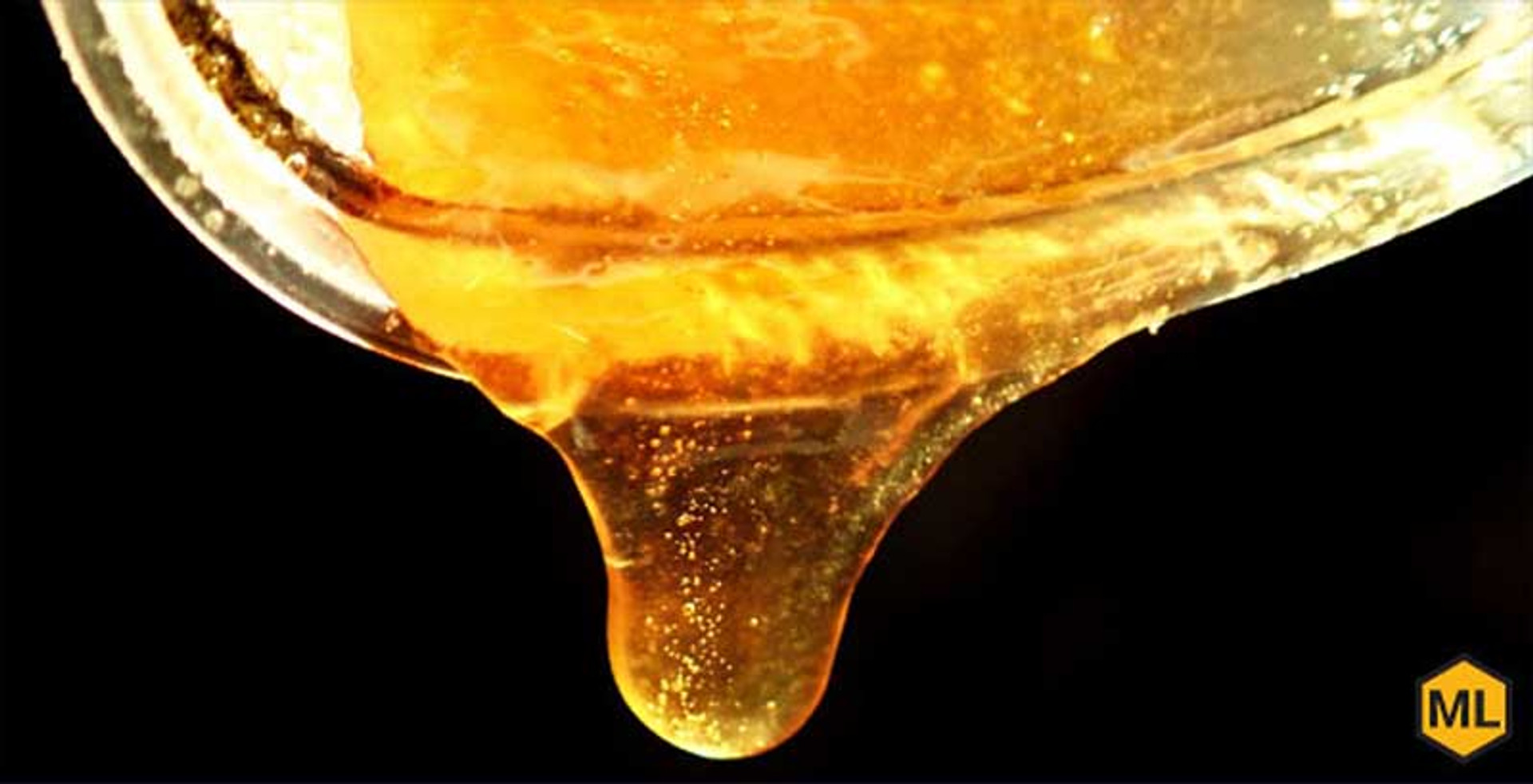Why Honey Varies In Color, Texture, And Taste
There’s more to honey than meets the eye. When you buy raw, local honey, you get a jar full of distinct, one-of-a-kind properties. Unlike grocery store honey, which undergoes pasteurization and other processing, raw honey retains all the unique elements of the hive from which it comes. What makes each jar of raw honey different? Learn all about why honey varies in color, texture, and taste with this sweet rundown.

Foraging Grounds
The biggest influence on honey’s properties is where the ingredients come from. Honey bees forage from nearby flowers to gather the nectar necessary to make their honey. The type of flowers they visit can alter the flavor, color, and texture of the hive’s honey crop.
For example, if a beehive’s foraging ground consists mainly of citrus sources, the colony will produce orange blossom honey, which has a light color and a subtle citrus taste. Some apiaries strive to create a certain type of honey by surrounding their hives with specific plants and harvesting honey right after that specific flower is done blooming for the season.
Pollen Granules
Honey bees use nectar to create their golden crop, but that’s not the only part of the flower that makes its way into the end product. When a foraging worker bee brings nectar back to the hive, it also brings pollen from the flowers it visited.
Pollen isn’t an intentional ingredient in honey, but it will inevitably find its way into honey stores as the bees buzz around and transport it throughout the hive. In fact, pollen is how experts trace a batch of honey back to the flowers the bees foraged from. These granules highlight the work that went into each batch of honey, creating a subtle and unique addition to the properties of every single jar.
Other Influences
Just as no two beehives are alike, no two jars of raw, local honey are the same. There are many additional reasons why honey varies in color, texture, and taste. A beehive’s location and environment can influence the honey it creates. For example, a batch of honey might reflect the temperatures or rainfall that the hive experienced during its productive season.
If propolis from the beehive finds its way into the honey stores, the product might have a subtle pine or nutty taste as a result. Even the methods of harvesting, filtering, and storing the honey can affect each jar’s properties, depending on when and how the beekeeper goes about these processes.
Each jar of raw, local honey is as unique as the colony that created it. You can establish your own beehives and honey harvest with supplies from Mann Lake. From bee nuc boxes to honey bottling supplies, we have the equipment you need to gather your own honey harvest!

